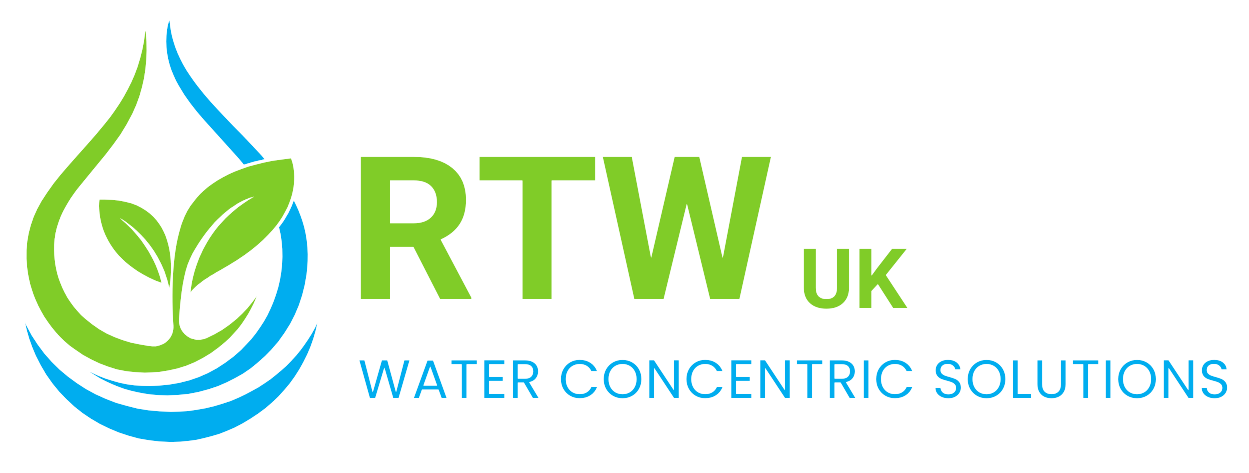MBR and MABR Systems
- MBR and MABR Systems
Membrane-Based Biological Treatment Solutions
Industries and municipalities in the Middle East require compact and efficient for sustainable treatment methods to meet strict water reuse and discharge standards. RTW provides advanced MBR systems and the latest MABR system technologies. It combines biological processes with membrane filtration for consistent effluent quality and reduced environmental impact.

Membrane Aerated Biofilm Reactor (MABR)
The MABR system is a next-generation biological treatment technology that uses biofilms developed on gas-permeable membranes. Oxygen is supplied directly through these membranes. As a result, it optimizes biological reactions while significantly lowering aeration energy demand.
Process Overview
Biofilm Formation
Microorganisms attach to the membrane surface and degrade organic matter.
Oxygen Diffusion
Oxygen is delivered directly to the biofilm, and it eliminates conventional aeration.
Effluent Separation
Treated water is collected that is suitable for either discharge or reuse.
Key Benefits
Energy Efficiency
Energy savings due to reduced aeration requirements.
High Treatment Capacity
Effective nutrient removal through nitrification and denitrification.
Low Maintenance
Minimal operator intervention compared to traditional systems.
Easily Integration
Easy integration into new or retrofit treatment plants.
Applications
Small- and medium-scale industrial wastewater management.
Upgrades for existing treatment facilities.
High-strength wastewater from manufacturing or chemical industries.
Membrane Bioreactor (MBR)
An MBR system integrates activated sludge treatment with advanced membrane filtration. It separates biomass and suspended solids through semi-permeable membranes to produce high-quality permeate ready for reuse. This sets it apart from conventional biological systems.
Operational Stages
Biological Degradation
Microorganisms in the reactor treat organic pollutants.
Membrane Separation
Semi-permeable membranes remove fine solids, bacteria, and pathogens.
Effluent Reuse
The filtered water meets stringent quality requirements for industrial and municipal use.
Advantages of MBR
Compact Design
Compact footprint by removing the need for secondary clarifiers.
Better Water Quality
Consistent and superior-quality water for reuse or advanced polishing.
Greater Sludge Retention
High sludge retention for enhanced biological efficiency.
Versatile Configurations
Advanced membrane designs, including wavy flat sheet modules that improve fouling resistance and increase filtration area.
Applications
MBR system wastewater treatment for textiles, food, beverage, and pharmaceuticals.
Municipal water recycling for irrigation, cooling, or boiler feed.
Pre-treatment for advanced stages, like Reverse Osmosis (RO).
